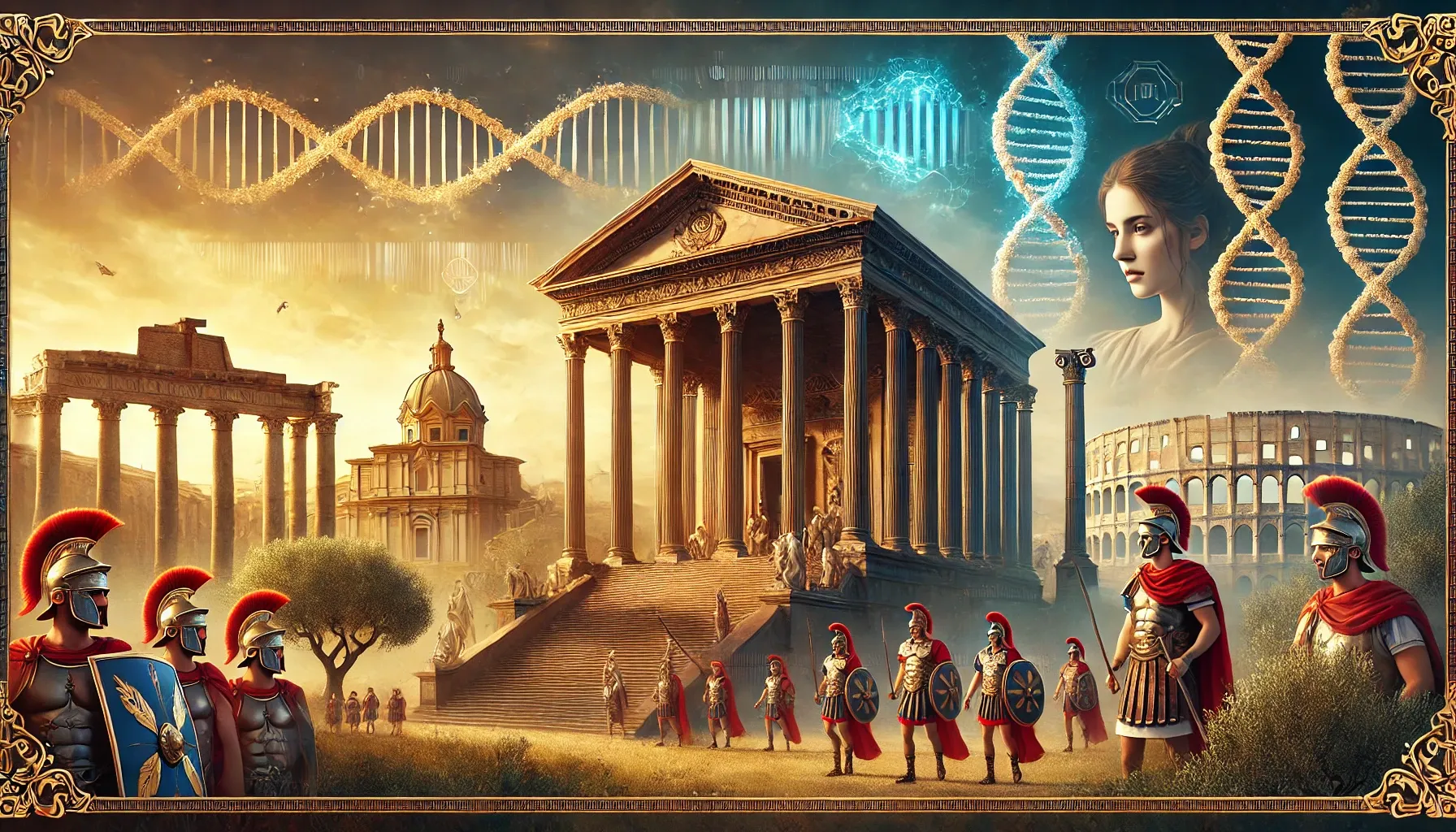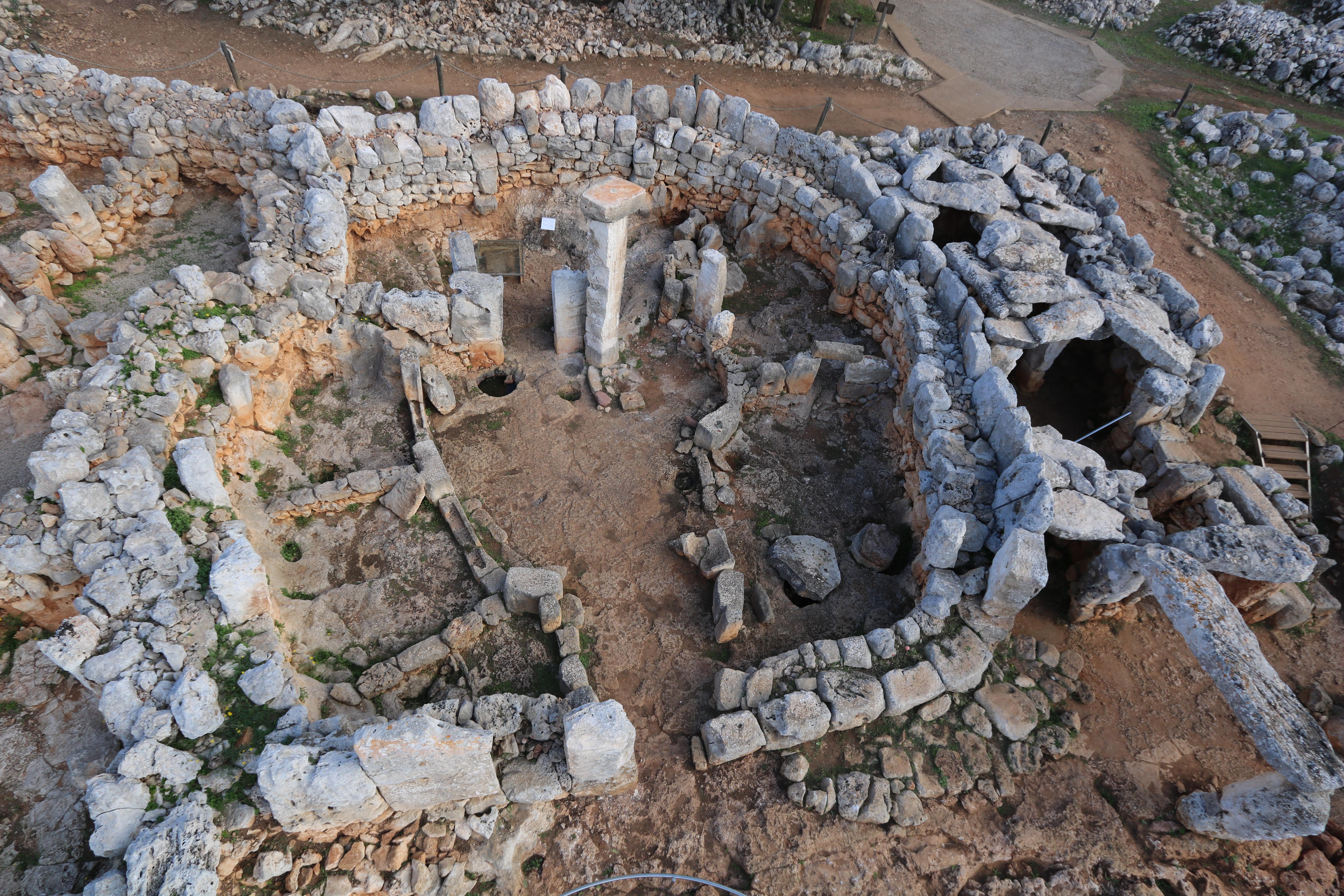3,000 Years of Genetic and Cultural Dynamics in the Balearic Islands





The Prehistoric and Historic Journey of the Balearic Islands
The Balearic Islands, shimmering jewels of the western Mediterranean, hold a captivating tale that stretches back over three millennia. Beginning around 2500 BCE with their first colonization, these enchanting islands have served as a vibrant crossroads of cultures from far-reaching lands. Recent archaeological excavations and genetic studies unveil a history as dynamic as the azure waters surrounding Menorca, Mallorca, Ibiza, and Formentera, revealing an intricate tapestry of human migration, cultural transformation, and genetic evolution that spans over 3,000 years.
Advances in archaeogenetics have made it possible to trace our DNA back thousands of years, linking us to cultures long lost to time. You can see where your lineage fits in this vast human map at MyTrueAncestry.com.
The remarkable journey begins around 2500 BCE with the first settlers who bore a striking genetic resemblance to the Beaker cultures prominent in Western Europe and the Iberian Peninsula during the Copper Age. These ancient adventurers, seafarers in their own right, brought their genetic legacy to the rugged beauty of the Balearic archipelago, laying down roots that would shape its early cultural landscape. For centuries, this genetic heritage remained dominant, creating a foundation that would persist until the transformative changes of the Iron Age.
Archaeological sites across the islands have been pivotal in unveiling this ancient past. Deep within the layers of island soil, excavations have brought forth treasures that whisper tales of bygone eras. Grave goods, crafted with care by ancient hands, accompanied these early inhabitants in their final journeys. These artifacts serve not merely as museum pieces but as tangible witnesses to the genetic and cultural story inscribed in the island's very foundations, speaking eloquently to the lives, trade practices, and everyday experiences of the people who once called these islands home.
The narrative took a dramatic turn during the Carthaginian and Punic periods, when new waves of people carrying central Mediterranean and North African ancestry graced these islands. This era witnessed not just a cultural blend but a tangible shift in the genetic backdrop, marking the emergence of a significant Punic presence. The plot thickens during this transformative period, as archaeologists have uncovered grave goods and remnants of daily life, from pottery to jewelry, painting a vivid picture of a society deeply intertwined with the distant lands of Carthage.
Torre d’en Galmés in Menorca is the island’s largest prehistoric settlement, strategically placed on a hilltop with views over the south coast. Occupied from the Naviforme period (1700–1400 B.C.) through to the late Roman era and even into the Islamic 12th century, it preserves layers of continuous human activity. Three imposing talaiots (1000–700 B.C.) dominate the site, along with a taula sanctuary, where ritual activity once took place and where Egyptian bronze figurines like Imhotep have been unearthed. The settlement’s houses, with circular designs and radial walls leading to central patios, reveal an advanced system of water collection and storage carved into the rock. The grand “Círculo Cartailhac,” dating to the 2nd century B.C., stands out as one of the most sophisticated homes, complete with storerooms and stone roofing. Altogether, Torre d’en Galmés showcases a fusion of native Talayotic traditions, Mediterranean contacts, and ingenious engineering that spanned more than a millennium.
The arrival of Roman influence proved to be the most transformative turning point in the islands' genetic history. This period brought the most remarkable genetic influx, heralded by new ancestries from the Near East and North Africa, adding rich layers to this ever-evolving genetic mosaic. Roman villas and amphitheaters dotted the landscape, bringing with them tales of conquest, trade, and profound demographic change that would reshape the fundamental character of the island populations.
The Roman era marked a significant alteration in the genetic makeup of the island's inhabitants, reflecting the wider reach and influence of the Roman Empire. This period etched a distinctly cosmopolitan stamp on the islands, as genetic strands from diverse regions of the empire found their way into the local population. The archaeological evidence from this period reveals a society that was thoroughly integrated into the broader Roman world, participating in its cultural, economic, and demographic transformations.
Late Antiquity further spun the genetic wheel of change, characterized by dramatically increased mobility that is evident from individuals who displayed remarkably diverse genetic backgrounds. Archaeological excavations from this period reveal people with varied ancestries, symbolizing enhanced cultural exchange and human movement across the Mediterranean basin. The islands had truly become a melting pot of influences, where different populations and cultures intersected and blended in unprecedented ways.
The onset of Islamic rule introduced another fascinating layer to this complex genetic landscape, most notably bringing West African ancestry to Menorca, coinciding with the broader Islamic influence throughout the Mediterranean region. This period added yet another dimension to the islands' already rich cultural tapestry, demonstrating the far-reaching connections that linked the Balearic archipelago to distant lands across North Africa and beyond.
The advent of Christianity and its reinforcement on the islands came with notable demographic changes, including a measurable decrease in Near Eastern and North African ancestries, reshaping the genetic landscape once more. This "Christianization" period saw a decline in certain genetic lineages, representing another sign of the socio-political tides that continuously swept across these strategically important islands. Grave excavations from this era reveal a fascinating blend of Christian and Islamic artifacts, illustrating the islands' complex transitional phase from Islamic rule to Christian reconquest.
Each artifact uncovered from this period carries whispers of the past, bridging ancient times with the present and demonstrating how profoundly cultural and political transformations could alter the demographic composition of island populations. The archaeological record shows how these changes were not merely political but represented fundamental shifts in the very genetic makeup of the communities that inhabited these Mediterranean jewels.
https://www.imf.csic.es/wp-content/uploads/2025/04/Villalba-Mouco_16abril2025-1.pdf
Discover how your DNA connects to ancient civilizations at www.mytrueancestry.com.
Comments